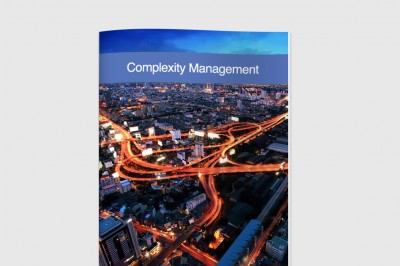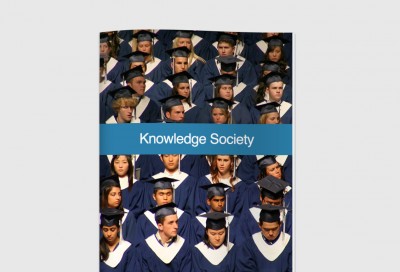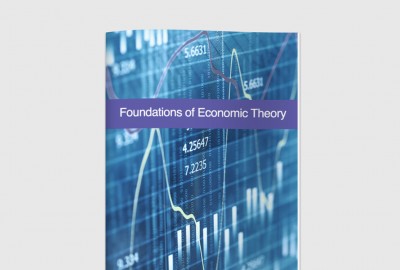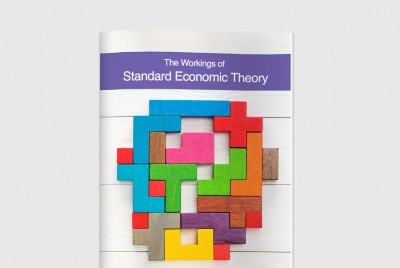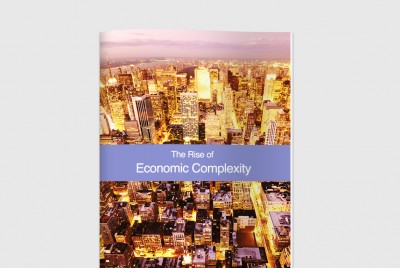Complexity Approach to: Basic Materials
Raw Materials
Basic materials are the minerals extracted from the natural environment for usage in the production of tangible products, these materials provide the physical structure to our engineered environment. The primary sector raw materials industry is a system for locating, accessing, extracting and processing raw materials from the natural environment into standardized commodity resources readily available for use in secondary industrial activities.
Our basic materials solutions framework is designed for those in the industries of mining, forestry, metal works, material science, and chemistry but will also be of relevance to those working downstream in the processing of raw materials, manufacturing, waste disposal or any of the industry that are resource intensive.
How It Works
Given the emerging environmental limitations coupled with the rise of digital disruption, the basic materials industries will likely be transform over the coming decades. These two factors combine to increasingly place emphasis on the optimization of pre-existing resource processes and synergistic exchanges. This new economic reality will shift the focus from gross input and throughput of materials toward instead how those resources are used, distributed and exchanged within the system in enabling the most effective usage. Value will be generated less by the extracting and processing of more “stuff” but increasingly opportunities will emerge around helping people use and exchange their resources more effectively through IT enabled platforms that allow what were once “consumers” to become more actively engaged and informed users of materials.
An industrial age set of solutions for the extraction and provision of basic materials within a linear model is increasingly reaching its limits of operation. This is due to on the one hand the rapid expansion of the global middle class of consumers and on the other a finite limit of available resources. The most recent figures from 2011 reveal that the world on aggregate extracted over 16 trillion metric tons of mineral raw materials from the Earth’s crust. We currently extract an equivalent of 1.5 planets’ worth of resources every year including forests, land, metals and minerals, while generating a vast amount of waste product. Following the current trajectory it is estimated that we may need more than two planets’ worth of materials by 2050.
Solutions
The solution to this challenge of decoupling growth from material throughput is becoming increasingly apparent. It involves a shift from a linear economic model to a nonlinear model, from a linear economy to a circular economy. The circular economy is grounded in the study of the feedback loops within non-linear systems as exemplified by ecosystems. Through nonlinear processes of re-use, recycle, refurbish material consumption can be decoupled from there availability for usage.
Although the concept of a cyclical economy is relatively simple in the abstract. Its application will require a fundamental transformation within major economic sectors along a number of dimensions. A major outcome of shifting to a circular economy is the notion of optimizing systems rather than components. A shift from ownership and sales of discrete products to an platform as-a-service business model will be required for enterprises to tap into new growth opportunities where the value is in the delivery of the function. The focus will shift to processes and the full lifecycle of resources from cradle to grave, the delivery of functionality, access and exchange of preexisting resources between third parties.
Dig Deeper
Download our full report on the current challenges and opportunities within the basic materials industries. The paper traces the industry’s history, current development and major vectors of change as we move into the circular economy.

